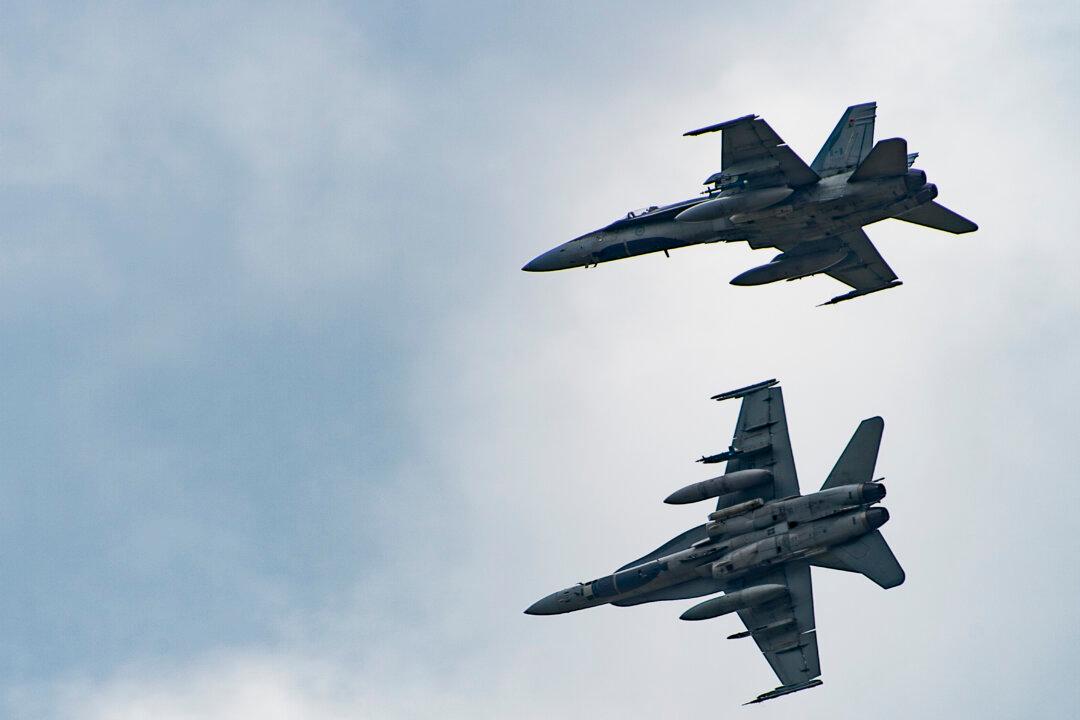Canada’s military passed two key milestones to end July. It received three bids to build the next fleet of fighter jets and saw the delivery of its first new Arctic warship since the 1950s.
But after the accolades subside, what remains sobering is the reality and gravity of Canada’s ponderous defence procurement—delivery of the first new jet is not expected until 2025—and doubts about military funding amid growing threats from China and Russia.
Both milestones come after lengthy delays and aren’t a sign of any procurement process improvements, defence expert and Macdonald-Laurier Institute senior fellow Richard Shimooka told The Epoch Times.
“It’s the rate of progress that’s probably most problematic,” he said, adding that things eventually get done and delays can’t last forever.
The procurement process has to be honed to be more timely and effective, J. Paul de B. Taillon, adjunct professor at Royal Military College of Canada, told The Epoch Times.
Nowhere is that more clear than in Canada’s attempt at replacing its current CF-18 fleet, which is more than 30 years old. The contract for getting 88 new fighter jets—worth up to $19 billion—is expected to be awarded in 2022. Canada is also buying used Australian jets to supplement the CF-18s until a permanent fleet is operational.
Both experts agree that Canada’s top priority for new fighter jets is to achieve so-called “interoperability” with the United States. Canada has to be able to share in the joint defence of the Canadian and American territory.
“Our closest ally is the United States, and so we have to look at interoperability among our allies and friends, particularly when we’re dealing with ‘coalitional’ operations and power projection,” Taillon said.
“We actually jointly defend our airspace—we’re stronger because of it,” Shimooka said. “If you’re not interoperable, you’ve become actually, in some ways, a hindrance.”
Evaluating Capabilities
It’s not as simple as buying new fighter jets that may be able to win one-on-one duels. The aircraft must support highly advanced technology like artificial intelligence that allows it to share information and logistics with bases and other planes as part of an overall system to meet NORAD and NATO obligations.
For Taillon, a critical requirement is that the aircraft must be long-range for interception operations.
“We need constant surveillance over there [in the Arctic]. And we need the ability to project our power, and an aircraft that actually can operate from rudimentary fields,” he said.
What also needs to be considered, according to Shimooka, is how the system will operate in 2050, 2060, and even 2070, since Canada has the dubious distinction of trying to run aircraft longer than it should.
These requirements have a role in determining which aircraft is ultimately chosen from the three bidders—two American companies and one Swedish firm. The choice is between Lockheed Martin’s F-35, Boeing’s Super Hornet, and Saab’s Gripen respectively.





